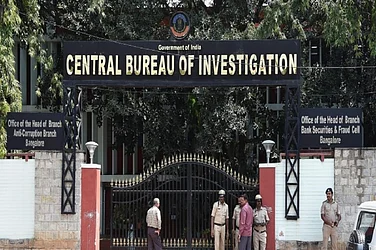Despite achieving near-universal primary school enrolment, India continues to grapple with poor learning outcomes and weak school leadership, according to UNESCO’s Global Education Monitoring (GEM) Report 2024–25, released on Wednesday.
The report paints a worrying picture of learning poverty, noting that 73% of children in developing countries are unable to read and comprehend a simple text by the age of 10 — a stark indicator of the growing gap between access to education and actual learning.
While India has made strides in expanding access to education, the GEM report highlights critical shortcomings in school leadership. It reveals that the recruitment and training of principals remain inconsistent across states, with many appointments based on seniority or administrative qualifications rather than demonstrated leadership ability. The absence of pre-service leadership training and a lack of instructional support leaves many school heads ill-prepared to drive academic improvement or foster inclusive learning environments.
“School leadership remains an underdeveloped area of policy in India,” the report notes, contrasting India’s situation with countries like Vietnam and Bangladesh, which have introduced structured reforms in principal recruitment, training, and decentralised governance.
Globally, only 63% of countries have competitive and transparent processes for appointing school leaders. In India, the figure is even lower due to fragmented recruitment practices. Additionally, only 31% of countries have formal induction systems for school principals — a framework India still lacks.
Administrative overload further hampers the effectiveness of school leaders. A survey cited in the report found that principals in 14 middle-income countries spend nearly 68% of their time on routine administrative duties. 온라인카지노 school heads are similarly burdened with responsibilities such as data reporting, coordinating mid-day meals, managing infrastructure, and overseeing exams — leaving little time for academic leadership or mentoring teachers.
The report also draws attention to significant gender disparities in educational leadership. While women make up 45% of India’s teaching workforce, they account for only 35% of school principals. Their representation is even lower in higher education leadership, with just 5% of top roles in national institutions held by women in 2021.
“Ensuring women’s voices are equally heard in education leadership and decision-making is critical to building a more inclusive and equitable society,” said Manos Antoninis, Director of the GEM Report, during the launch.
Still, there are signs of political intent to improve gender representation. The report acknowledges India’s 2023 constitutional amendment that reserves one-third of seats in the Lok Sabha and state assemblies for women as a step forward. Research from rural India also shows that female leadership in village councils led to improved investment in education and infrastructure, narrowing gender gaps in parental aspirations and student outcomes.
As countries strive to meet Sustainable Development Goal 4 — inclusive and quality education for all — the GEM report calls for urgent investment in leadership development, gender equity, and reforms to strengthen the link between education access and learning quality.














